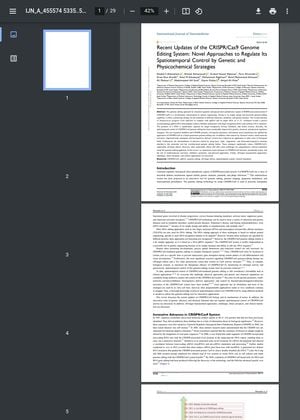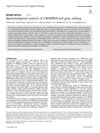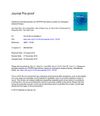Recent Updates of the CRISPR/Cas9 Genome Editing System: Novel Approaches to Regulate Its Spatiotemporal Control by Genetic and Physicochemical Strategies
June 2024
in “
International Journal of Nanomedicine
”

TLDR CRISPR/Cas9 has improved precision and control but still faces clinical challenges.
The document reviews recent advancements in the CRISPR/Cas9 genome editing system, focusing on novel strategies to regulate its spatiotemporal control through genetic, physicochemical, and physical methods. These approaches aim to enhance the precision and efficiency of CRISPR/Cas9 by controlling when and where the editing occurs, potentially reducing off-target effects and improving therapeutic outcomes. Techniques include the use of small molecules, light, heat, magnetic fields, and stimuli-responsive vehicles for targeted delivery and activation. Despite promising preclinical results, challenges such as off-target effects and the need for further in vivo characterization remain, necessitating systematic research for advanced applications in treating genetic and infectious diseases.


